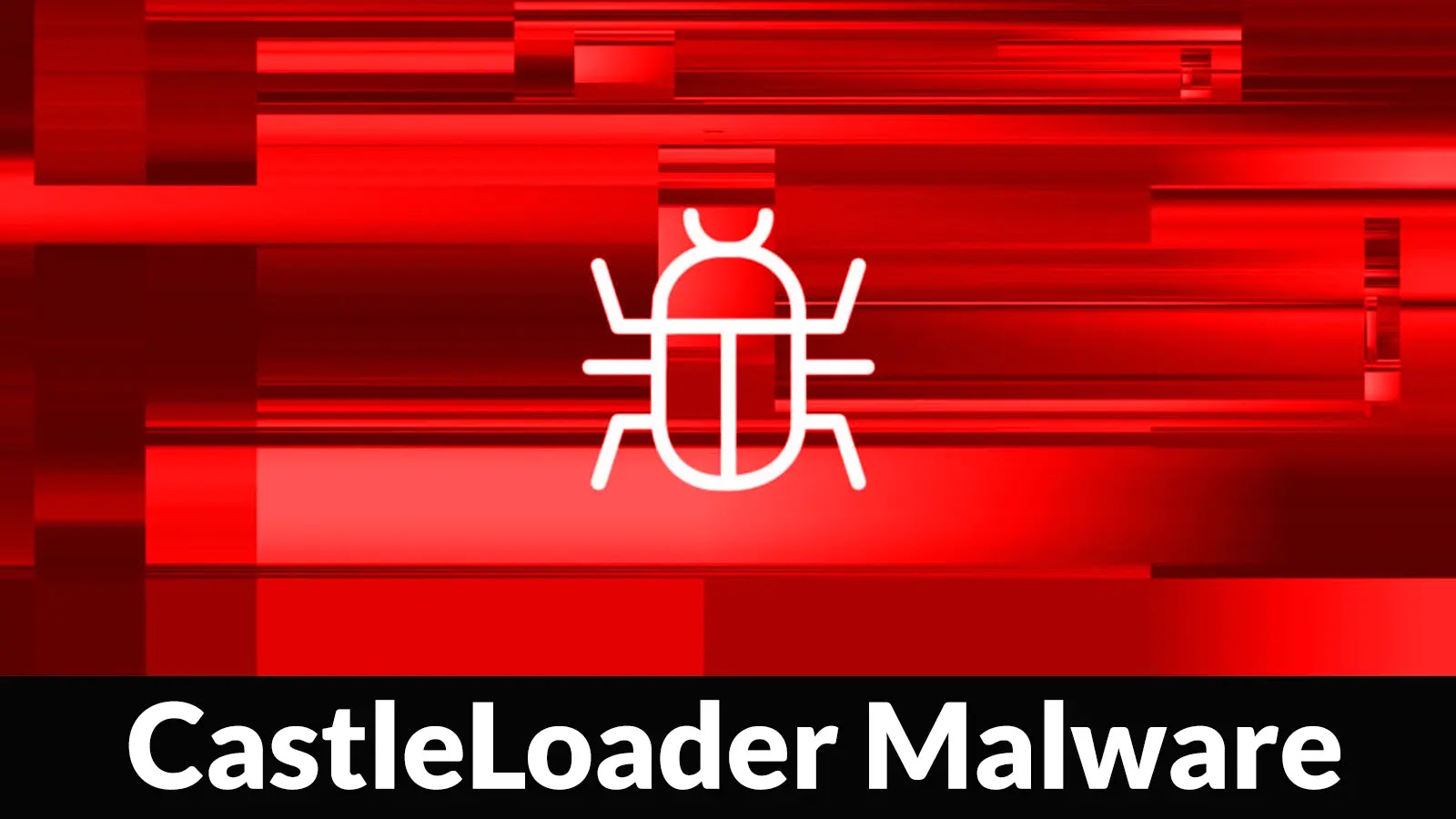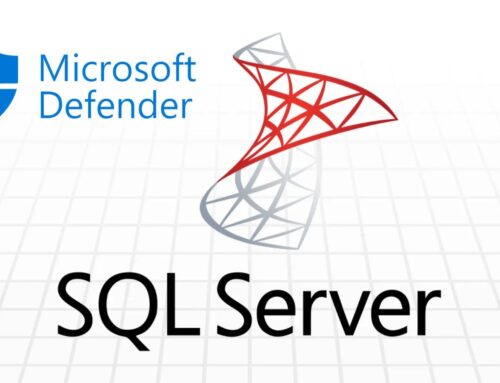
CastleLoader Malware Infected Over 400+ Devices Using Cloudflare-Themed ClickFix Phishing Attack
Unmasking CastleLoader: A Deceptive New Threat Exploiting Cloudflare Trust
The digital landscape is a constant battleground, and a new, highly sophisticated adversary has emerged: CastleLoader. This potent malware loader, first detected in early 2025, has already achieved an alarming success rate, compromising hundreds of devices through cunning phishing campaigns. Its primary target? U.S. government entities, exploiting a fundamental element of trust in widely used services like Cloudflare to deliver its malicious payload. Understanding CastleLoader’s tactics and implementing robust defenses is paramount for safeguarding critical infrastructure and sensitive data.
Since May 2025, CastleLoader has launched 1,634 infection attempts, successfully compromising 469 devices – an alarming 28.7% success rate. This indicates a highly effective and adaptable threat, demanding immediate attention from security professionals across all sectors, particularly those within government organizations.
What is CastleLoader and How Does It Operate?
CastleLoader is not a direct threat itself, but rather a sophisticated malware loader designed to facilitate the delivery of other malicious payloads. Its efficacy lies in its stealth and its ability to bypass traditional security measures. The initial vector for CastleLoader infections is typically through advanced phishing campaigns. These campaigns are meticulously crafted to impersonate legitimate services, with a notable focus on exploiting the trust associated with Cloudflare.
The core of CastleLoader’s attack involves a component referred to as “ClickFix” phishing. While the specific mechanics of “ClickFix” aren’t fully detailed in the provided source, it strongly suggests a technique designed to trick users into inadvertently installing or enabling the malware through seemingly benign interactions, often leveraging themes related to troubleshooting or system fixes within a Cloudflare-branded context. This approach preys on user curiosity, urgency, or the perceived need to “fix” an issue, making the phishing emails or pages highly convincing.
Once a device is compromised, CastleLoader acts as a persistent backdoor, enabling attackers to deploy a variety of secondary malware, including ransomware, spyware, or additional remote access tools. Its versatility makes it a significant threat, as the ultimate objective of the attack can shift based on the attacker’s motives.
Targeting U.S. Government Entities: A Strategic Threat
The explicit targeting of U.S. government entities highlights the strategic nature of CastleLoader. Attacks against government infrastructure can lead to data breaches, espionage, disruption of critical services, and undermine national security. The high infection rate within these targets underscores the urgent need for enhanced cybersecurity measures and employee training within this sector. The attackers are clearly leveraging an understanding of government operations and common technology stacks to maximize their chances of success.
Remediation Actions and Proactive Defenses
Mitigating the threat of CastleLoader requires a multi-layered approach, combining technological defenses with robust security awareness training. Given the nature of the attack vector, focusing on endpoint security, network monitoring, and user education is critical.
- Enhanced Email Security Gateways: Implement and meticulously configure advanced email security solutions capable of detecting sophisticated phishing attempts, including those leveraging brand impersonation and dynamic content.
- User Awareness Training: Conduct regular, ongoing security awareness training emphasizing the dangers of phishing, spear-phishing, and social engineering. Train employees to identify suspicious emails, even those that appear to come from trusted sources like Cloudflare. Emphasize verification procedures for unexpected requests or warnings.
- Multi-Factor Authentication (MFA): Enforce MFA across all critical systems and services. Even if credentials are compromised, MFA adds a crucial layer of defense against unauthorized access.
- Endpoint Detection and Response (EDR) Solutions: Deploy EDR solutions on all endpoints to proactively detect and respond to suspicious activities, including the execution of unknown loaders or the downloading of malicious payloads. EDR can identify anomalous behaviors that traditional antivirus might miss.
- Regular Software Updates and Patching: Ensure all operating systems, applications, and security software are kept up-to-date with the latest patches. This minimizes the risk of vulnerabilities being exploited.
- Network Segmentation: Implement network segmentation to limit the lateral movement of malware within the network should an infection occur.
- Incident Response Plan: Develop and regularly test a comprehensive incident response plan to quickly identify, contain, eradicate, and recover from successful attacks.
Relevant Tools for Detection and Mitigation
| Tool Name | Purpose | Link |
|---|---|---|
| Proofpoint, Mimecast, etc. | Advanced Email Security Gateways and URL/Attachment Scanning | (Vendor websites) |
| CrowdStrike Falcon, SentinelOne, Microsoft Defender for Endpoint | Endpoint Detection and Response (EDR) | (Vendor websites) |
| Splunk, Elastic Stack (ELK) | SIEM for Centralized Log Management and Anomaly Detection | (Vendor websites for Splunk or Elastic) |
| PhishMe (Cofense), KnowBe4 | Security Awareness Training Platforms | (Vendor websites for Cofense or KnowBe4) |
| Varonis, Exabeam | User and Entity Behavior Analytics (UEBA) | (Vendor websites for Varonis or Exabeam) |
Conclusion
CastleLoader represents a significant evolution in malware delivery, leveraging sophisticated social engineering and trust exploitation to achieve high infection rates. Its ability to act as a versatile loader for subsequent malicious payloads makes it a persistent and multifaceted threat, especially concerning its targeting of U.S. government entities. Organizations must prioritize robust cybersecurity defenses, moving beyond traditional perimeter security to embrace advanced endpoint protection, meticulous threat intelligence, and, crucially, comprehensive employee education. Vigilance and proactive security measures are the most effective bulwarks against this emerging and dangerous adversary.





